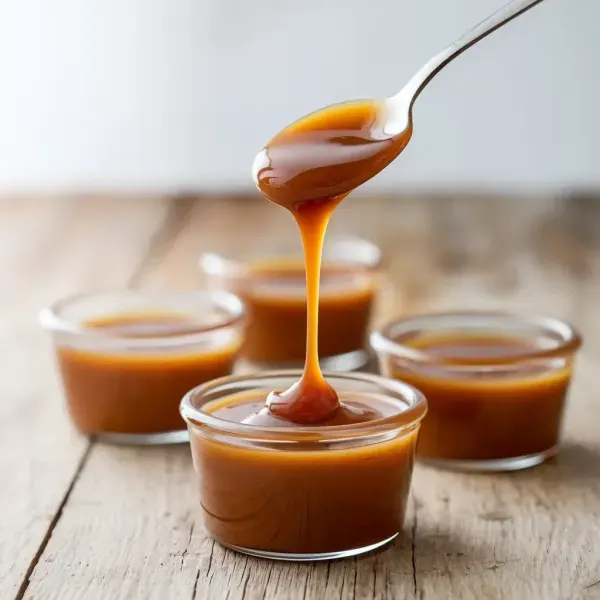
 20 minutes
20 minutesIndulge in the rich, sweet, and slightly salty goodness of homemade caramel sauce perfect for drizzling over desserts or adding to your favorite drinks.


cups
cups
tablespoons
teaspoons
pinches
1. Prepare Heavy Cream
Begin by measuring out ¾ cup of heavy cream using a measuring cup. Set it aside for later use.
2. Combine Sugar and Water
In a medium heavy-bottomed saucepan, combine 1 cup of sugar with 6 tablespoons of water. Stir gently to ensure all the sugar is moistened.
3. Caramelize Sugar
Place the saucepan over medium heat. Allow the sugar to heat up without stirring until it begins to caramelize. Watch closely for the sugar to transform into a beautiful golden brown color.
4. Add Cream to Caramel
Once the caramel reaches the desired golden brown hue, promptly remove the saucepan from the heat. Carefully add ¼ cup of the heavy cream to the caramel. The mixture will bubble up vigorously, so stir with a wooden spoon to combine.
5. Finalize Caramel Sauce
Stir in the remaining ½ cup of heavy cream, ½ teaspoon of vanilla extract, and a pinch of salt. Continue stirring until the sauce is smooth and well blended.
6. Cool and Strain
Allow the caramel sauce to cool to room temperature. If you notice any lumps, strain the sauce through a fine-mesh strainer.
7. Serve or Store
Your caramel sauce is now ready to serve warm or store in the refrigerator for up to two weeks. If stored, gently reheat on the stove when ready to enjoy.
Ensure all sugar crystals dissolve completely by gently stirring with a spatula until the mixture reaches a clear, liquid state. Brush down the sides of the pan with a wet pastry brush to remove any rogue sugar crystals.
Watch for a deep amber hue, indicative of developed flavors without bitterness. This is typically around 350°F if using a candy thermometer.
Use a heavy-bottomed saucepan to promote even heat distribution, which minimizes the risk of burning your sugar. Aim for medium heat to allow better control.
Incorporate room-temperature or slightly warmed butter and heavy cream to avoid shocking the caramel, which can cause it to seize.
Start with white granulated sugar for a clean, pure flavor that's expected from classic caramel. Any impurities or additives in other sugars can affect the texture and flavor.
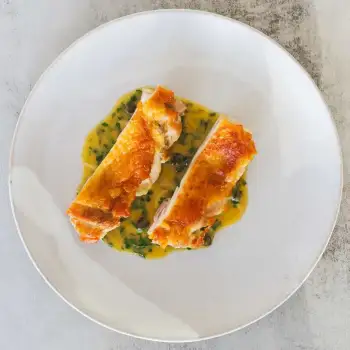
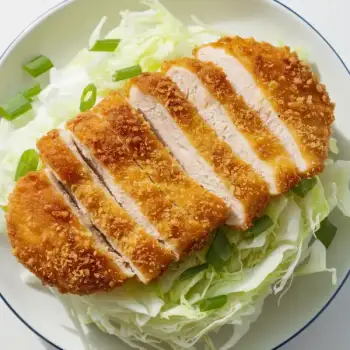
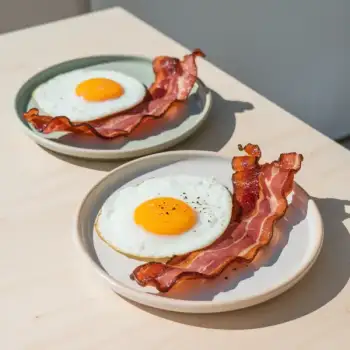
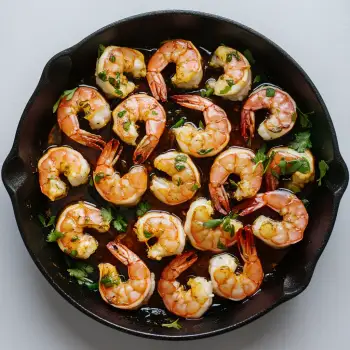
Comments (0)